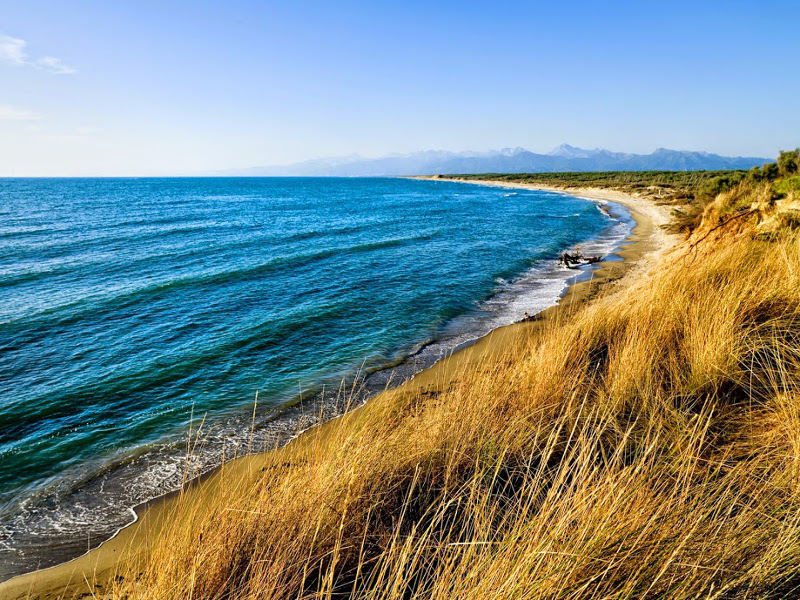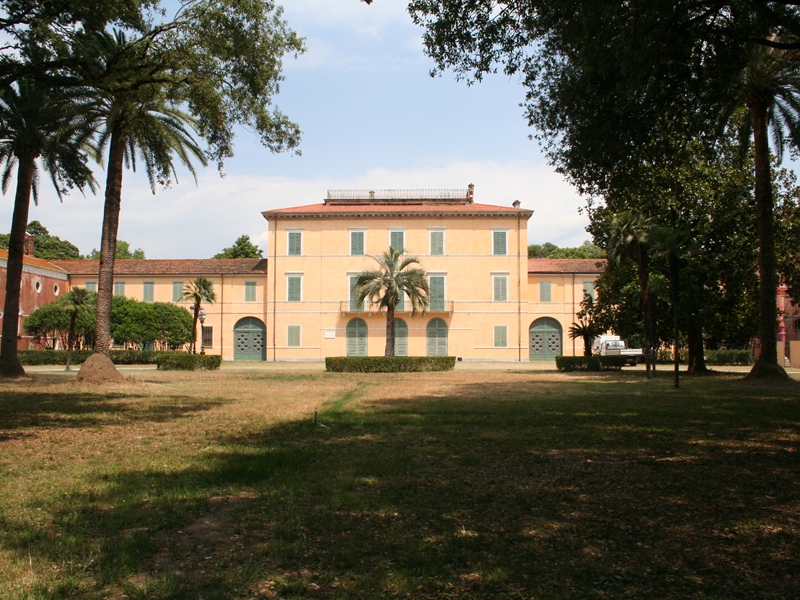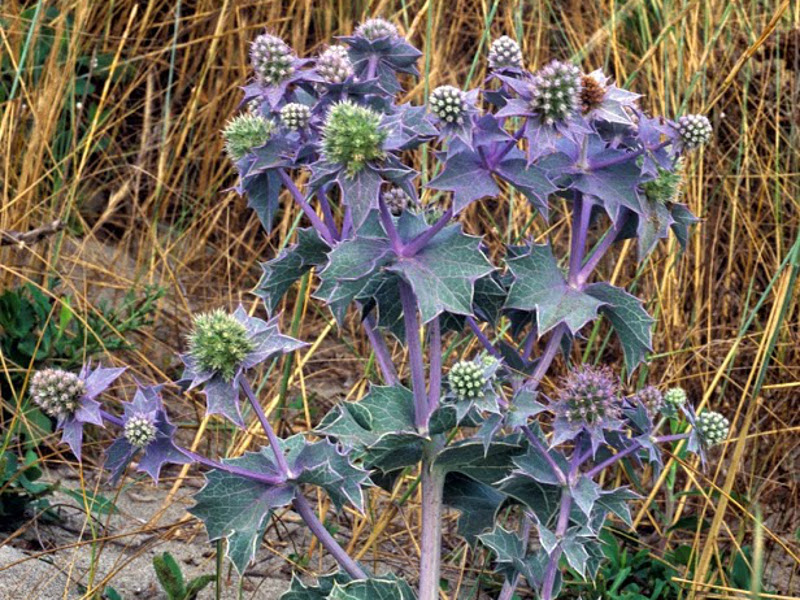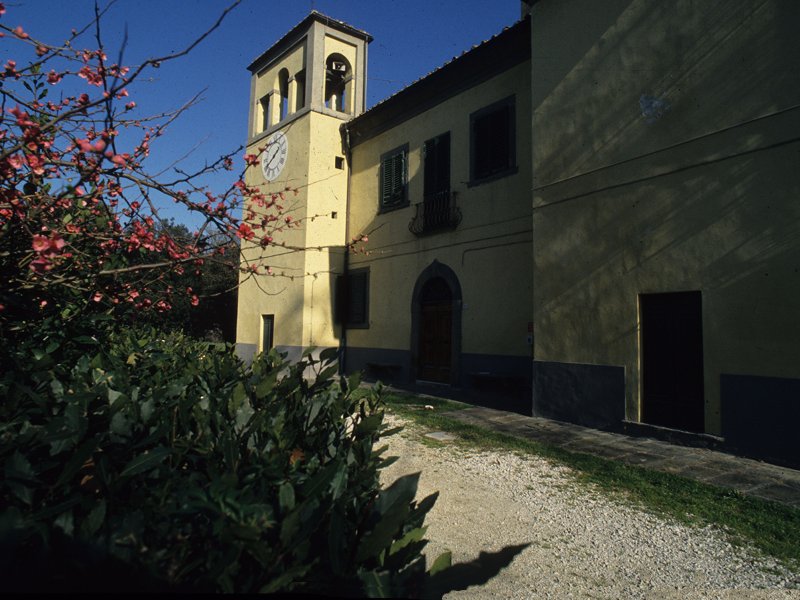Parco di Migliarino, San Rossore, Massaciuccoli
www.parcosanrossore.orgPoints of Interest
Beaches in the Park
The Migliarino San Rossore Massaciuccoli Park has 30 kilometers of beaches from Viareggio to Calambrone and a marine protected area of 9,000 hectares which together form an environment in natural evolution, with dunes, tree-lined strips, the mouths of the two most important Tuscan rivers, various rare plant and animal species that confirm its natural quality. An ecosystem that must be safeguarded, tackling the problems of coastal and plastic erosion, raising awareness of the importance of living nature while respecting it, in order to allow our children to enjoy these landscapes. On this area there are also lidos equipped for bathing, natural free beaches, integral reserves, among the last of the Mediterranean with dunes and woods in the surroundings.
Further information
The Beaches of the Park are:
Massaciuccoli Lake
Massaciuccoli Lake is situated in the homonymous area, and it represents the remains of a deltaic lagoon formed by the river Serchio and afterwards isolated by the floods of the river. The lake - no more than 2 meters deep - is rich in flora and fauna which are very interesting from a naturalistic point of view. The two centers Torre del Lago and Massaciuccoli are situated on the shores of the lake. The former is famous because Giacomo Puccini lived there for a long time. Nowadays his villa on the lake shores is a museum. In the area in front of the villa, every summer a opera season dedicated to Puccini's works is held in the open air.
Further information (Italian text)
Buche di Nerone
In Massaciuccoli there are the remains of a Roman villa and spas, the so-called "Buche di Nerone". These ruins represent the evidence of the interest by the Roman noble people towards these places.
San Rossore Estate
The Estate covers an area of 4800 hectares. It represents the heart of the Park not only for its geographical position, but also for the richness of its environments and for its beautiful landscapes. It is delimited in the north by the river Serchio, in the east by Fossa Cuccia, in the south by the river Arno, and in the west by the Tyrrheanian Sea.
The coastal strip of San Rossore, in particular the central and northern area, houses the typical vegetal species of the Italian coasts, like the sea bindweed, the sea urchin, etc. The European beechgrass is particularly important: it is a plant of the Graminae family, necessary to the formation of the high coastal dunes. In this environment it is also possible to observe Oystercatchers, Curlews, Eurasian Rollers, and some species of Ducks, Gullies, and Solan Geese. In the adjacent areas it is possible to see fallow deer and wild boars, two typical species of ungulates living in the Estate.
The so-called "lame" (marshes) are situated in the southern part of the Estate, in the north of the river Arno. They lie in an area of about 400 hectares whose mainly herbaceous and shrubby covering gives tourists the possibility to enjoy a view going from the coast to the most inner woods and to the natural frame of Alpi Apuane. This coastal area is subject to seasonal floods and for this reason, except in summer, it houses thousands of birds, above all Ducks and Stilts, but also Cormorants, Gullies, and Herons. Guided visits allow tourists to observe the unusual landscape while approaching rest areas provided with some observation huts for bird watching activities.
The territory presents very different kinds of vegetation and soil. Depressed areas (such as the so-called "lame") and higher ones (the dunes) alternate up to the coast, and each of them has its own vegetation. The typical trees of the wetlands are English-oaks, poplars, ash trees, and alders, which often root directly in the water. Holm-oaks and stone pines can be found on the dunes. While you are visiting the woods, you may sight the Spotted Woodpecker and the Red Woodpecker.
Further information (Italian text)
Villa Borbone
Villa Borbone was built at the beginning of the 19th century by the architect Lorenzo Nottolini as hunting lodge for Maria Luisa Borbone. In 1985 it was given by Engineer Benvenuto Barsanti to the Municipality of Viareggio and became a place open to all citizens.
Since 2006, some premises of the building have been housing the Visitor Center and the Environmental Education Center of Migliarino San Rossore Massaciuccoli Park. The Visitor Center enjoys an enviable position at only one kilometer and a half from the sea, surrounded by the coastal woodland and in a very large rural area. If you also consider the marshy area situated upstream of Tenuta Borbone, you will understand how this Park area in the territory of the Municipality of Viareggio offers almost all the natural environments of the Park and a wide range of ideas to develop varied environmental education activities.
Macchia Lucchese
In Macchia Lucchese there are several easily accessible roads and trails. The itineraries created in Macchia Lucchese give the opportunity to cross and discover two very significant environments of the Park of great naturalistic interest: the woodland and the coast. In the woodland, walking in silence among ilex trees, alders, ashes, English oaks, and stone pines, it will be possible to hear the pounding work of the woodpecker looking for food on the old pines and, crossing the backdune woodland areas, rich in maritime pines, phyllirea, strawberry trees, and juniper trees, we will reach the dune areas representing the largest, most complete and best preserved example of coastal vegetation.
Thanks to the project "Life Natura Dune Tosca", backdune wetlands have been re-created: they are very important areas for migratory birds and for the reproduction of many species of amphibians. Moreover, exotic species and weeds, damaging the balance and biodiversity of this extremely delicate environment, have been eradicated.
Trail of the Three pines
Tombolo Estate
The Tombolo Estate, extending over about 5,000 ha, covers the southern coast of the Park, between the river Arno and the Calambrone area. For centuries it was property of the Church, and until the late 19th century it was characterized by high and dry areas alternating with low and swampy ones. With the arrival of the Savoy's family the necessary reclamation works were implemented, the pine forests were planted and the road system was fixed.
The trail of the three pines in San Piero a Grado allows visitors to understand the different typologies of woody areas within the Park, both from the naturalistic point of view and through the memory of the ancient professions that for centuries have shaped the forest and allowed the locals to live, contributing to safeguard these environments until the present days.
Further information (Italian text)
WWF Oasis Cornacchiaia and Tirrenia Dunes
Tombolo Estate
In the territory of Migliarino San Rossore Massaciuccoli Park there are two areas managed by the WWF Committee Oasi Litorale Pisano: Cornacchiaia Woodland and Tirrenia Dunes.
They are two interesting sites both from a botanical and wildlife point of view: as a matter of fact, they both house the characteristic species of the Park, like the wild boar, the fox, the badger, the squirrel, the dormouse, the porcupine, the European pond turtle, the woodpecker, the jay, the bee eater, and several other birds.
The WWF Nature Sanctuary "Bosco di Cornacchiaia" (Cornacchiaia Woodland) presents the classical vegetation distribution on the alluvial soils generated by river Arno. These soils present the characteristic alternation of "tomboli" and "lame", that is strips of sandy dunes separated one from the other by wetland depressions.
The WWF Oasis "Dune di Tirrenia" (Tirrenia Dunes) was born in 1997 in collaboration with the Park, the Municipality and the Province of Pisa in a coastal area characterized by a luxuriant development of the Mediterranean maquis. In the strip next to the sea, it is possible to find the characteristic psammophilous species, including the particularly abundant and precious Solidago litoralis, endemic of the coast of upper Tuscany, while the backdune area is characterized by the rare silk vine, a plant very similar to the tropical lianas.
Coltano Estate
Since 1998, Villa Medicea houses the Park Visitor Center and Environmental Education Center. It is situated in the small rural village of Coltano, in the southernmost section of the Park, born from the great reclamation measures carried out over the years. It has an interesting geological formation and a rich history linked to the Medici family, the Lorena family, the Savoy family, and to Guglielmo Marconi.
The whole area of Coltano offers a great variety of ideas to develop and thoroughly discover thematic didactic routes. Geology, history, nature, culture, and production activities represent the thread of the projects for the various school levels in the territory of Migliarino San Rossore Massaciuccoli Park












